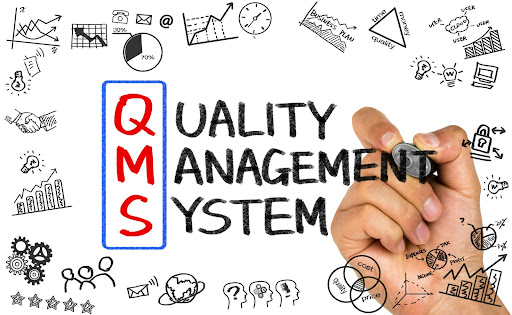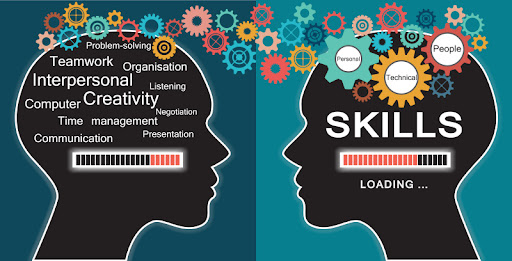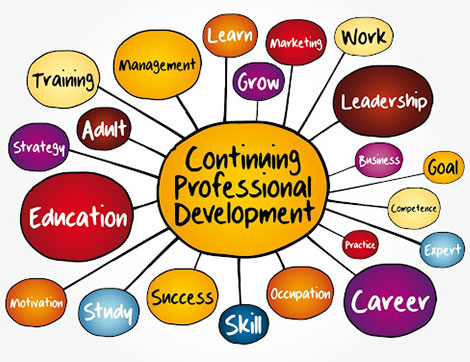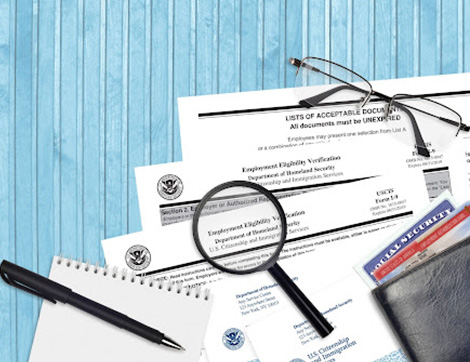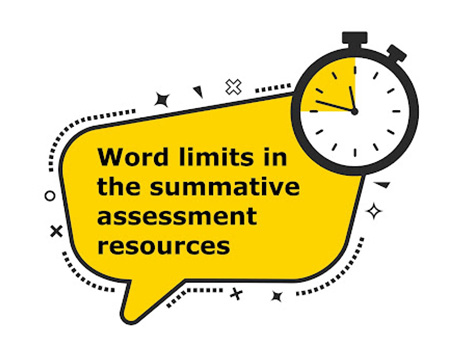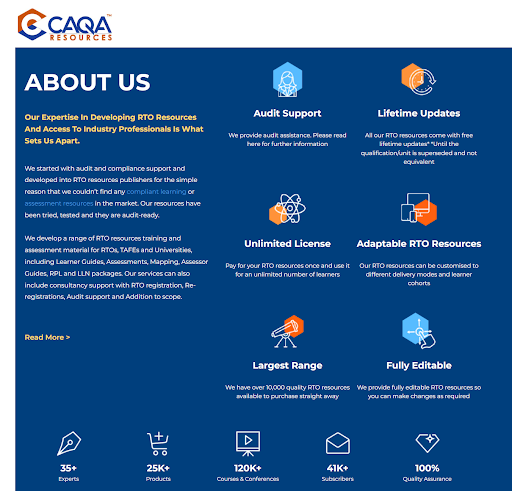There is currently a high demand for qualified trainers and assessors in Australia, so if you have the relevant skills and qualifications, you should be able to find work in this field.
Becoming a trainer and assessor can be a rewarding career choice, allowing you to share your knowledge and expertise with others. It can also be a great way to further your own professional development.
To become a trainer and assessor in Australia, there are certain requirements that must be met.
Legislative and regulatory requirements:
Trainers and assessors must comply with the following SRTOs 2015 requirements:
Clauses 1.13 – 1.16
Trainers and assessors who deliver any Australian Qualifications Framework (AQF) qualification or skill set from the Training and Education Training Package (TAE10, TAE or its successor) are also required to meet additional requirements, outlined in Clauses 1.21 – 1.24.
Understand the role and responsibilities
A Trainer is someone who develops and delivers training to individuals or groups. Trainers are responsible to deliver training programs that meet the needs of individual learners. Trainers are required to have strong communication and presentation skills, expert knowledge in the subject area, as well as the ability to customised training programs.
An assessor is someone who is responsible for assessing a learner’s competence against set standards and expectations. This involves conducting observations, interviews and written tests. Good assessors need to be able to give constructive feedback and identify areas for improvement.
They seek to guarantee that the credentials earned by individuals meet regulatory and compliance standards for acquiring those credentials, which are sometimes governed by a governmental framework.
As a trainer and assessor, you will be responsible for identifying the various needs of students and creating effective learning options to meet these needs. This will involve liaising with individuals, industry and education sectors to ensure the provision of relevant programs and services, planning, designing and delivering course curriculum and method of instruction, ensuring that they are engaging for students. This includes advising students on courses and related matters, as well as teaching students using teaching aids including presentation of lesson materials, discussions, workshops, laboratory sessions, multimedia aids and computer tutorials.
You will also need to develop and implement individual training plans for students who need it, and conduct assessments. Additionally, you will need to support students who need reasonable adjustments, and complete and maintain training records and assessment documentation. Finally, you will need to stay up to date with current training and qualifications, as well as regulations.
Having training and assessment credentials
Firstly, individuals must have a TAE40116 Certificate IV in Training and Assessment, or its successor, or a diploma or higher level qualification in adult education, which can be completed at any registered training organisation (RTO).
Vocational competencies at least to the level being delivered and assessed
Vocational competency in a particular industry consists of broad industry knowledge and experience, usually combined with a relevant industry qualification. A person who has vocational competency will be familiar with the content of the vocation and will have relevant current experience in the industry. Vocational competencies must be considered on an industry-by-industry basis and with reference to the guidance provided in the assessment guidelines of the relevant training package. (Reference: NCVER)
A clear and verified relationship between the trainer’s and assessor’s formal and informal training and experience and the qualifications/units they deliver and assess must be established. Training Packages include specific industry advice related to the vocational competencies of assessors. This may include advice on relevant industry qualifications and experience required for assessing against the Training Package. The Training Package will also provide specific industry advice outlining what it sees as acceptable forms of evidence to demonstrate the maintenance of currency of vocational competency.
ASQA Guidelines on “vocational competence”:
To provide training that reflects current industry practice and valid assessment, your RTO’s trainers and assessors must maintain the currency of their skills and knowledge in both:
- their industry area and,
- vocational education and training.
It is also acceptable for an appropriately qualified trainer and assessor to work with an industry expert to conduct assessment together.
The three C’s of Vocational competency related to demonstrating skills and knowledge in an “industry area”
Vocational competence and currency = Broad industry knowledge + experience + relevant industry qualification in terms of:
- Content: How have you determined that you know how to do the job of the qualifications you deliver and assess?
- Context: Does this information clearly show the relationship between what you are delivering and what you have experience in?
- Currency: How up-to-date are you with current work practices in your industry and how do you find out if something is changing or has changed?
Skills and knowledge in an “industry area”
In many situations, trainers and assessors will hold the qualification and/or units of competency that they deliver or assess. Where this is not the case equivalence needs to be established.
Formal vocational education and training qualification/units of competency you deliver and assess
Participate in documented mapping activities to demonstrate you have at least the required level of knowledge and skills.
Current knowledge and skills in vocational training and learning that informs their training and assessment.
Additionally, your RTO must ensure that all trainers and assessors undergo professional development in the areas of vocational training knowledge and practise, as well as learning and assessment, including competency-based training and assessment.
The definition of vocational education and training currency
VET currency refers to the competence of an individual to work in the vocational education and training sector.
Current VET trainers/assessors must:
- Develop knowledge and practice of vocational training and assessment, including competency based training and assessment competencies through continual professional development.
- Undertake professional development that contributes to the demonstration of vocational training and learning requirements
How to stay up-to-date in terms of “VET currency”
- Subscribing to VET and RTO newsletters and magazines. Make sure you keep a PD log of what you read, where you read it, what you learned and how you implemented the learning.
- Participation in VET forums and discussions such as LinkedIn.
- Participation in VET seminars, conferences and workshops (particularly the ones delivered by the regulatory bodies)
- Enrolling in PD courses and workshops for RTO staff
- Participation in resource writing and validation
Having relevant industry experience
Trainers and assessors must also possess relevant industry experience in the field that they wish to train and assess in.
The definition of industry currency
Industry currency and professional knowledge refers to the competence of an individual to perform their job role. The knowledge required in an occupation does not remain static, so employees need to continuously update their skills. As vocational education and training (VET) practitioners train the individuals entering these occupations, it is important for them to ensure that their industry knowledge and skills are current.
A clear and verified relationship between the trainer’s and assessor’s current industry skills and knowledge and the qualifications/units they deliver and assess must be established. This is to ensure the trainer and assessor has “current” knowledge and skills in terms of emerging technological innovations, regulatory and legislative changes and shifts in client demands. The industry usually does not use the term “Industry currency”. For them it is either “professional competence” to encompass the concepts of currency, updating and upskilling or “industry relevance”, defining it as a solid grounding in the industry gained from being trained and employed in the industry.
ASQA Guidelines on “industry currency”:
To provide training that reflects current industry practice and valid assessment, your RTO’s trainers and assessors must maintain the currency of their skills and knowledge in both:
- their industry area and,
- vocational education and training.
It is also acceptable for an appropriately qualified trainer and assessor to work with an industry expert to conduct assessment together.
How to stay up-to-date in terms of “industry currency”
In many situations, trainers and assessors may be working in the industry sector and this can be used as evidence for industry currency. Where this is not the case, currency needs to be established through different mediums such as:
- Attending trade events, workshops, conferences, technical seminars and other industrial events
- Reading industry magazines and journals (subscription and notes taken)
- Undertaking online research (and have documented logs of these activities)
- Engaging in industry networks
- Participating in LinkedIn groups
- Product manufacturer/vendor training
Factors that influence “Industry currency”
- Technology innovation
- Changing legislation and regulatory requirements
- Changes to industry practice
- New and emerging skills and specialisations as work practices change
- Technical skills being outdated through periods of non-use
What is “industry current or currency period”
Each RTO has to consider the relevant factors, ideally in consultation with industry, to determine an appropriate currency period. A lot will depend on how static the industry is or how fast it is developing and changing. In general anything that is 2 years old, or more will not be considered current.
Licensing requirements for trainers and assessors
If licensing requirements vary from the training package requirements, RTOs must ensure that all aspects of the training package are met. License requirements should be considered in addition to the requirements for the training package. For example, a white card is a mandatory work card required in Australia to be able to train and assess students working on a construction site.
Applying for jobs
You can now apply for jobs as a trainer and assessor with registered training organisations (RTOs), to deliver nationally accredited training.
These can include the following:
- Organisations that are publicly registered to provide training (aka TAFE)
- Privately owned and operated training institutions (like Career Calling Education)
- Registered Training Organisations that are operated by non-profit organisations
If you have these skills and qualifications, you can apply for jobs with registered training organisations (RTOs), which deliver accredited courses and conduct assessments.
For more information, please refer to Clauses 1.13 to 1.16—Employ skilled trainers and assessors | Australian Skills Quality Authority (ASQA)




